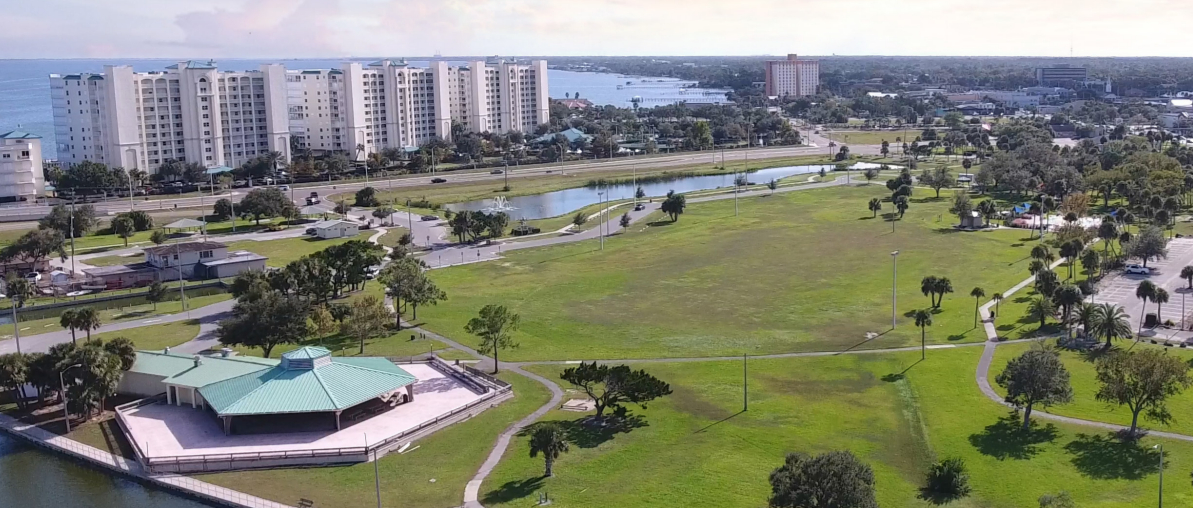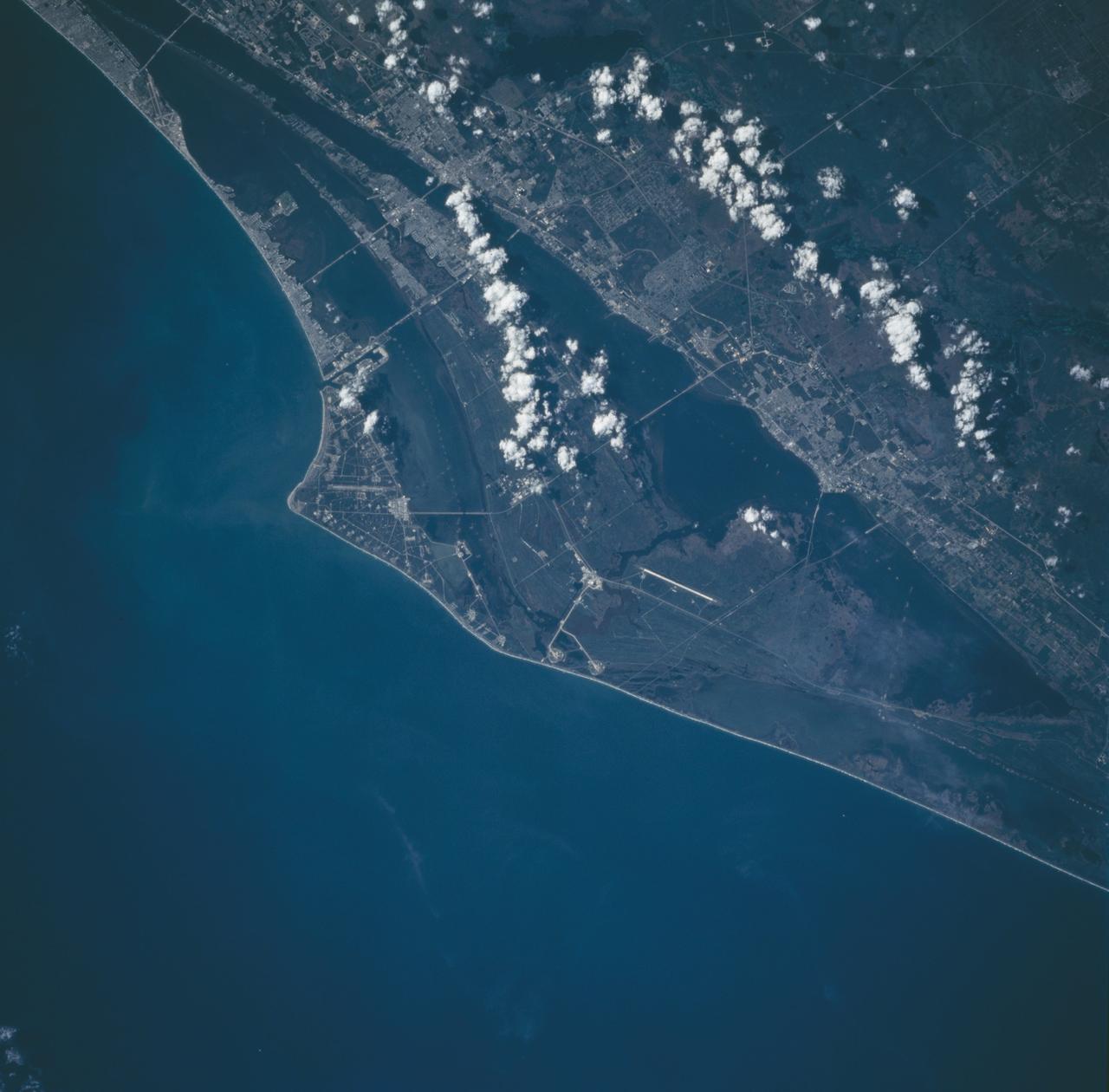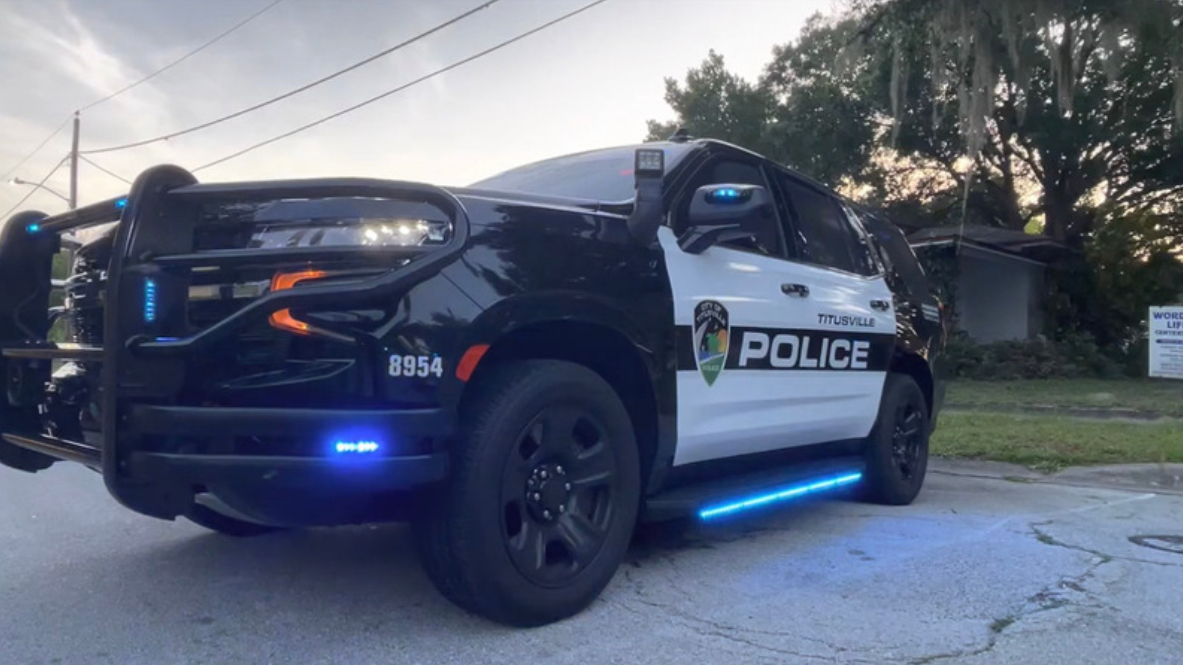
Photo: NASA
Public Comment Period Ended June 24th
Interesting comments from other launch providers as well as the general public regarding the potential of Launch Complex 39A being used as a launch pad and landing zone for SpaceX’s Starship have been published online by the FAA: Environmental Impact Statements; Availability, etc.: Office of Commercial Space Transportation. Notably, United Launch Alliance and Blue Origin have weighed in with their thoughts, and their statements on the EISZ echo many of the general public’s concerns.
Blue Origin
Blue Origin, who has manufacturing, launch and refurbishment facilities at Kennedy Space Center and also Cape Canaveral Space Force Station, weighed in strongly.
They propose capping Starship Heavy launch and landing activities to a certain number in a given time period, limiting launches to a certain time period on any given day, government-built infrastructure to de-conflict other launch facilities from Starship activities, mandatory penalties for SpaceX violating launch licenses or environmental agreements, and also for SpaceX to indemnify (compensate for harm or loss) from any Starship activities at LC-39A:
• Capping the rate of Ss-SH launch, landing, and other operations, including but not limited to test firings, transport operations, and fueling, to a number that has a minimal impact on the local environment, locally operating personnel, and the local community, in consideration of all risks and impacts, including but not limited to anomaly risks, air toxin and hazardous materials dispersion, road closures, and heat and noise generation.
• Government investment in additional launch infrastructure that would make more launchpads available to other entities in a manner that deconflicts Ss-SH operations from other launch providers at KSC and CCSFS to preserve the health and safety of their personnel and Assets.
• Government investment in additional infrastructure for KSC and CCSFS that would reduce the risk to other launch providers at KSC and CCSFS in order to preserve the health and safety of their personnel and Assets by diverting traffic from the Proposed Action area, including but not limited to improving the Roy D. Bridges Bridge to accommodate transport of large Assets.
• Limiting Ss-SH operations to particular, limited times to minimize and make predictable their impact on the local community, and allotting other launch providers the right-of-firstrefusal or schedule priority for certain conflicting launch or other operational opportunities.
• Mitigating the effects of Ss-SH that would require evacuation or other operational pauses at other launch providers’ launch sites through infrastructure improvements or other operational changes.
• Require SpaceX and/or the Government to indemnify third parties for any losses caused by or related to Ss-SH operations, including commercial disruption incurred due to the operation of Ss-SH.
• Institute independent mandatory penalties for SpaceX for conducting operations not included in an active EIS or other environmental restriction, violating a launch license, or any other laws, regulations, or other rules for operating.
Blue Origin also calls for the FAA to study effects of noise on workers at or near LC-39A, roadway capacity, infrastructure maintenance and other effects.
If interested, you can read Blue Origin’s comments in full:
United Launch Alliance
ULA, which launches the Atlas V and Vulcan rockets for commercial and federal government customers from Space Launch Complex 41, made the following statements:
EIS Must Address Evolving Starship Heavy Design
“SpaceX intends to launch a larger model at LC-39A than it is currently testing in Boca Chica. In April 2024, SpaceX revealed plans to, at minimum, quadruple payload capability to make up for shortfalls in predicted performance. Starship will eventually be 492 feet tall, “roughly 20% higher than the massive system aboard the Super Heavy rocket right now.”21 The Super Heavy booster is expected to hold up to 4100 metric tons of propellant, and Starship up to 2,600 metric tons.22 The maximum lift-off thrust is anticipated at 103 meganewtons.23 The resulting launch impacts would far exceed current impacts seen during current Boca Chica launches. Additional growth of the Starship launch vehicle may be planned if performance continues to fall below expectations.
Given these changes, the EIS must perform a comparative analysis between current usage impacts and the proposed operations, with a rocket proposed to be more than double the size of any currently licensed launch vehicle and with increased frequency of launches.”
ULA also notes that returning booster and Starship vehicles locates the risk associated with these activities locally, rather than at sea:
Landing a booster at LC-39A, rather than in the ocean, shifts the risks of a system failure onto the communities, businesses, and environment that surround KSC.
They state that the EIS should also include impacts on other launch service providers:
“The FAA’s EIS should evaluate SpaceX’s proposed operations at LC-39A in conjunction with SpaceX’s proposed operations at SLC-37. This should further include an assessment of national security space capabilities and the associated vulnerabilities presented by the consolidation of these operations at adjacent launch complexes within a six-mile area. This also potentially increases the threat to other national security space launch providers located in the same six-mile area. SpaceX seeks to frequently launch the largest rocket ever from two launch sites within a six-mile area. Just one Starship launch site is likely to disrupt other launch operations in the area and cause significant environmental impacts”
ULA also states that the EIS should consider potential harms to local businesses and properties.
LC-39A sits in a bustling center for space operations. That center is surrounded by communities, including Cape Canaveral and Titusville, and important ecosystems, including the Merritt Island National Wildlife Refuge and the Canaveral National Seashore.
The EIS must consider any disruptions to the health and safety of local communities and ecosystems, from both normal operations and any potential accidents. This includes impacts on traffic, economic and property harms to local businesses and individuals, and concerns about environmental justice. Impacts to public safety must also be addressed, including but not limited to nearby schools, hospitals and other key public support infrastructure and services.
These are just a few highlights from the ULA document. If interested, you can read their entire statement below, or download it and read using Acrobat Reader or another PDF compliant viewer.












Leave a Reply